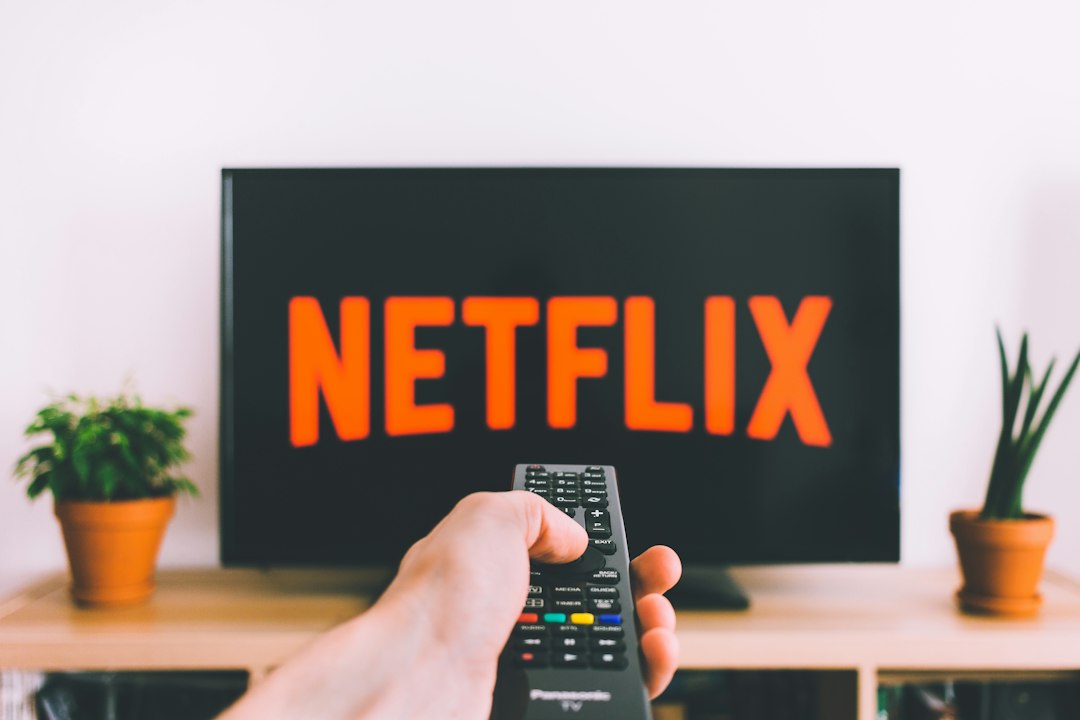As we age, our abilities and needs change, and it becomes vital to adapt our surroundings to accommodate these changes. One area often overlooked is the accessibility of TV remote controls for seniors. A simple task like changing channels or adjusting the volume can become frustrating and even impossible for some older adults. In this article, we will explore the challenges seniors face when using TV remote controls and provide practical tips for improving accessibility.
1. Vision Impairment
Vision impairment is a common challenge faced by many seniors. The small buttons and low contrast on standard TV remote controls can make it difficult for them to locate and press the right buttons. To address this issue, consider purchasing a remote control with larger buttons and high contrast labels. Some remotes even feature backlit buttons for enhanced visibility in low light conditions.
2. Declining Dexterity
As we age, our dexterity often declines, making it harder to operate small buttons or navigate complex control layouts. Seniors may find it challenging to press buttons accurately or remember the location of specific functions on a remote control. Switching to a remote control with larger buttons, raised symbols, and a simplified layout can significantly improve usability for seniors with declining dexterity.
3. Cognitive Impairments
Cognitive impairments, such as dementia or Alzheimer's disease, can impact a senior's ability to understand and use a TV remote control. Complex remotes with numerous buttons and advanced functions may be overwhelming for individuals with cognitive issues. Opt for a remote control with basic functions and a streamlined design to minimize confusion. Additionally, consider labeling the buttons with familiar symbols or colors to facilitate recognition.
4. Hearing Loss
Hearing loss is a common condition among seniors, and it can affect their ability to navigate through the audio settings and adjust the volume on a remote control. Look for remotes with tactile buttons that provide audible feedback when pressed. Some remotes also offer built-in amplification or the ability to connect to hearing aids, enhancing the audio experience for seniors with hearing loss.
5. Memory Loss
Memory loss is another challenge that many seniors face, and it can cause frustration when trying to remember which buttons on a remote control perform specific functions. One solution is to opt for a remote control with customizable buttons or programmable macros. This allows seniors or their caregivers to assign specific functions to easily identifiable buttons, simplifying the user experience and reducing the reliance on memory.
6. Ergonomics
Ergonomics play a crucial role in the accessibility of TV remote controls for seniors. A poorly designed remote can strain the hand and exacerbate existing dexterity issues. When selecting a remote control, consider the shape, weight, and grip of the device. Look for models with a comfortable grip and buttons positioned in a natural and accessible way. Ergonomic remotes can significantly enhance user comfort and reduce the risk of hand fatigue.
7. Voice Control
Advancements in technology have introduced voice control capabilities to many smart TVs and streaming devices. Voice control offers an accessible alternative for seniors with mobility, dexterity, or vision challenges. By using voice commands, seniors can easily navigate through channels, adjust volume, and even search for specific programs without the need for complex button inputs.
8. Universal Remote Controls
Seniors who have difficulty managing multiple remote controls may benefit from using a universal remote control. These remotes can sync with various devices, such as TVs, cable boxes, and sound systems, reducing clutter and simplifying the control process. Universal remotes often come with customizable layouts and are programmable to suit individual needs.
9. Smartphone Apps
Smartphone apps have revolutionized many aspects of our lives, and the world of TV remote controls is no exception. Numerous apps allow users to turn their smartphones into remote controls, providing a familiar interface and enhanced accessibility options. These apps often offer additional features like voice control, customizable layouts, and the ability to save favorite channels for easy access.
10. User Manuals and Support
Manufacturers understand the importance of accessibility and often provide detailed user manuals and support resources for their remote controls. Encourage seniors to take the time to read the user manual or seek assistance from customer support to fully understand the features and functionalities of their remote control. Knowing how to use the device optimally can significantly enhance the user experience.
11. Remote Control Accessories
Various accessories are available to further enhance the accessibility of TV remote controls for seniors. These include button enlargers, button covers with tactile feedback, and remote control holders to prevent loss or misplacement. Explore these options to find the accessories that best suit the specific needs and challenges faced by the senior.
12. Regular Feedback and Testing
Lastly, it is essential to regularly seek feedback from seniors and test different remote control options to find the most accessible solution. Everyone's needs are unique, and what works for one individual may not work for another. By actively involving seniors in the selection and testing process, you can ensure that the chosen remote control meets their specific accessibility requirements.
Enhancing TV Remote Control Accessibility for Seniors: Empowering Independence and Enjoyment
Understanding the challenges seniors face when using TV remote controls is the first step towards improving accessibility. By considering the specific needs of seniors such as vision impairment, declining dexterity, cognitive impairments, hearing loss, and memory loss, we can choose remote controls that address these challenges effectively. Additionally, exploring options like voice control, universal remote controls, smartphone apps, and remote control accessories further enhances accessibility.
Ultimately, the goal is to empower seniors to enjoy their TV viewing experience independently and without frustration. By implementing these tips and providing seniors with suitable remote control options, we can create a more inclusive and accessible environment for older adults.
Take a look at another user's Shopify store by clicking here. Please be aware that this is a promotional link, and we cannot be held responsible for the content of the linked store.

